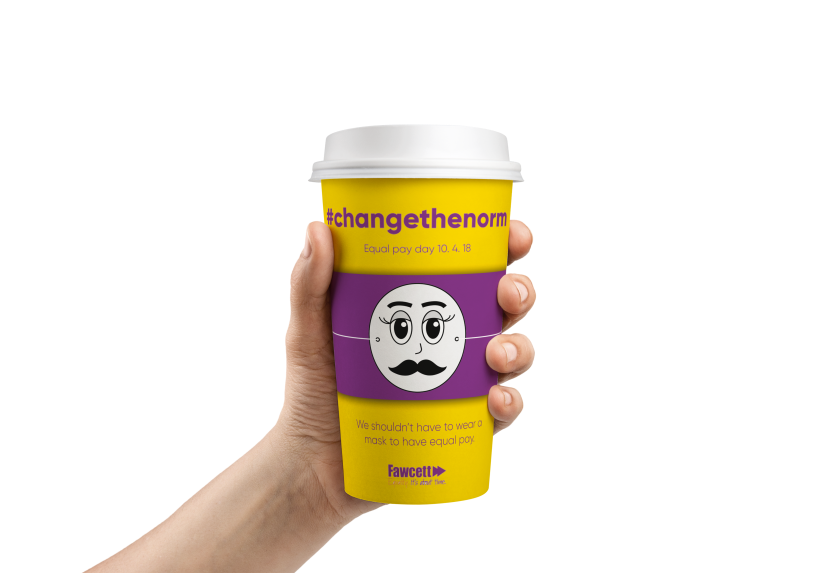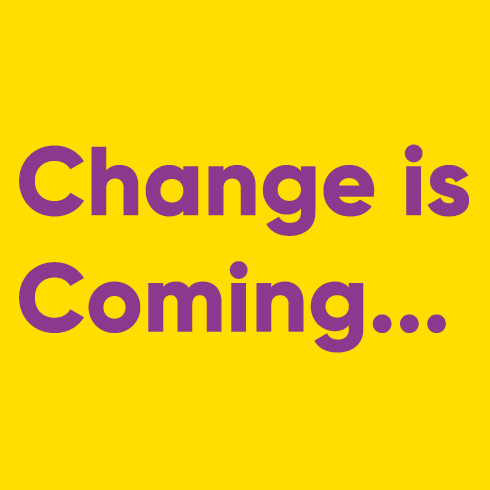The Issue.
For this brief I have decided to look into the issue of the gender pay gap because it is a current issue that is relevant not only to myself but to women in general.
On a personal standpoint, I feel it is an issue that simply shouldn’t exist and is frustrating to see and hear that it does. This frustration is what I see in a lot of women and I believe it this frustration that will drive change to take place.
Looking at it objectively, I have done research into the issue to gain facts and statistics in order to deepen my understanding of the issue.
So what is the gender pay gap?
‘The gender pay gap is the percentage difference between average hourly earnings for men and women.’ – BBC
What’s the difference between equal pay and the gender pay gap?
‘The pay gap isn’t the same as equal pay. Equal pay – that men and women doing the same job should be paid the same – has been a legal requirement for 47 years.
Under the Equal Pay Act 1970, and more recently, the Equality Act 2010, it is unlawful to pay people unequally because they are a man or a woman. This applies to all employers, no matter how small.
So, a company might have a gender pay gap if a majority of men are in top jobs, despite paying male and female employees the same amount for similar roles.’ – BBC
The Independent published an article looking into the issue and highlighted that ‘women across the UK would collectively be paid £90bn more if it weren’t for the gender pay gap.’ It also stated that the average for the gender pay gap in the UK is now at 17%. When broken down full time roles average a 9% gap and part time roles average an 18% gap.
To add to these figures another report published by the Independent shows that the gap between men and women earning over £100,000 in the UK has widened by 23% over five years. To break this down, law firm Wilsons published a report showing that there are 470,500 fewer women earning more than £100,000 compared to the 383,400 that were reported in the financial year 2010/11. As it stands, the figure for the number of women earning over £100,000 is 155,100 with the figure for men standing at 625,600.
So what’s the reason for this?
There are multiple reasons that this may be the cause including; caring responsibilities i.e. children, elderly etc. A divided labour market; women currently make up 62% of those earning less than the living wage according to the Living Wage Foundation. Discrimination; the ECHR found that 1 in 9 new mothers were dismissed, made redundant or treated so poorly they felt they have no choice but to leave. Finally, men make up the majority of the most senior roles at a company – which are the highest paid.
What’s being done?
Companies with more than 250 employees now have to publish their gender pay gap data publicly on to a government website by the 4th April 2018.
References:
The Client.
For the brief I have decided to select an organisation to act as a client as we have not been given one. I therefore chose the charity Fawcett.
Who are Fawcett?
Fawcett are a UK based charity who lead the way in campaigning for gender equality and women’s rights. They have been going since 1866 when Millicent Fawcett began collecting signatures to petition for women’s votes at just aged 19. She went on to make this her life’s work and lead the suffrage movement. 62 years later she, along with many others managed to secure voting rights for women in the UK.
Their Vision.
‘A society in which the choices you can make and the control you have over your life are no longer determined by your gender.
Their Values.
Dynamic, bold, spirited, pioneering, respected, practical, credible, engaging, plain speaking and approachable.
Their Mission.
‘We publish compelling research to educate, inform and lead the debate. We bring together politicians, academics, grassroots activists and wider civil society to develop innovative, practical solutions. We campaign with women and men to make change happen.’
What are they fighting for?
- To close the gender pay gap.
- To secure equal power.
- To challenge attitudes and change minds.
- To defend’s women’s rights post-Brexit.
Fawcett are currently funded mainly through its members, but also through grants from trusts for specific projects. The rest is then made up from donations, fundraisers and their shop.
In regards to the gender pay gap, their current campaign is to encourage conversation to take place between people both in the workplace and out of it. They have a pledge card that people can write on, creating a personal pledge that the individual will enforce. Many participants have photographed them and shared them on social media with the hashtag; #PAYGAPPLEDGE.
Reference:
Target Audience.
After much consideration, I have decided to make female students in their final year of study as my target audience. I have chosen this because I feel that for change to take place, you must start at the grassroots. Students tend to be ambitious and resilient, who want to see change take place. This has been seen previously with students voicing their opinions on matters that affect them and this is a major issue that will affect thousands of women getting ready to enter into the world of work.
A large part of the issue with the gender pay gap is the number of men that take up senior roles in comparison to women and if graduating females aim to reach these positions within their careers, then change needs to take place sooner.
Furthermore, students tend to have a lot of connections through friends, family, placements, part time jobs, large followings on social media etc. therefore, this is a message that is able to spread far and wide and bleed into society much more efficiently. Many students are also international and may return to their home countries after graduation, they are able to take the message back home and potentially influence others to campaign for change; however unlikely – just as Millicent Fawcett did in 1866.




